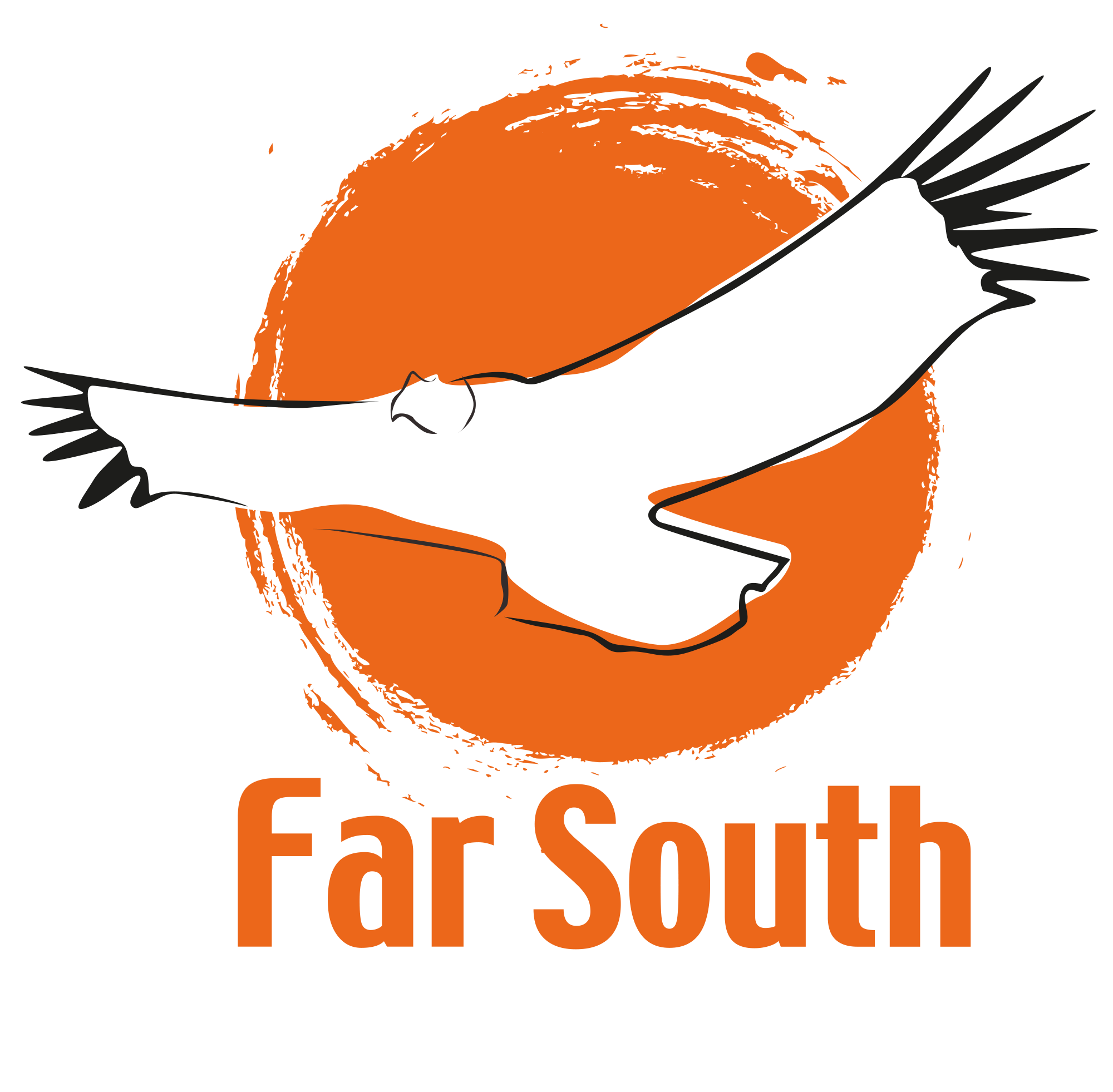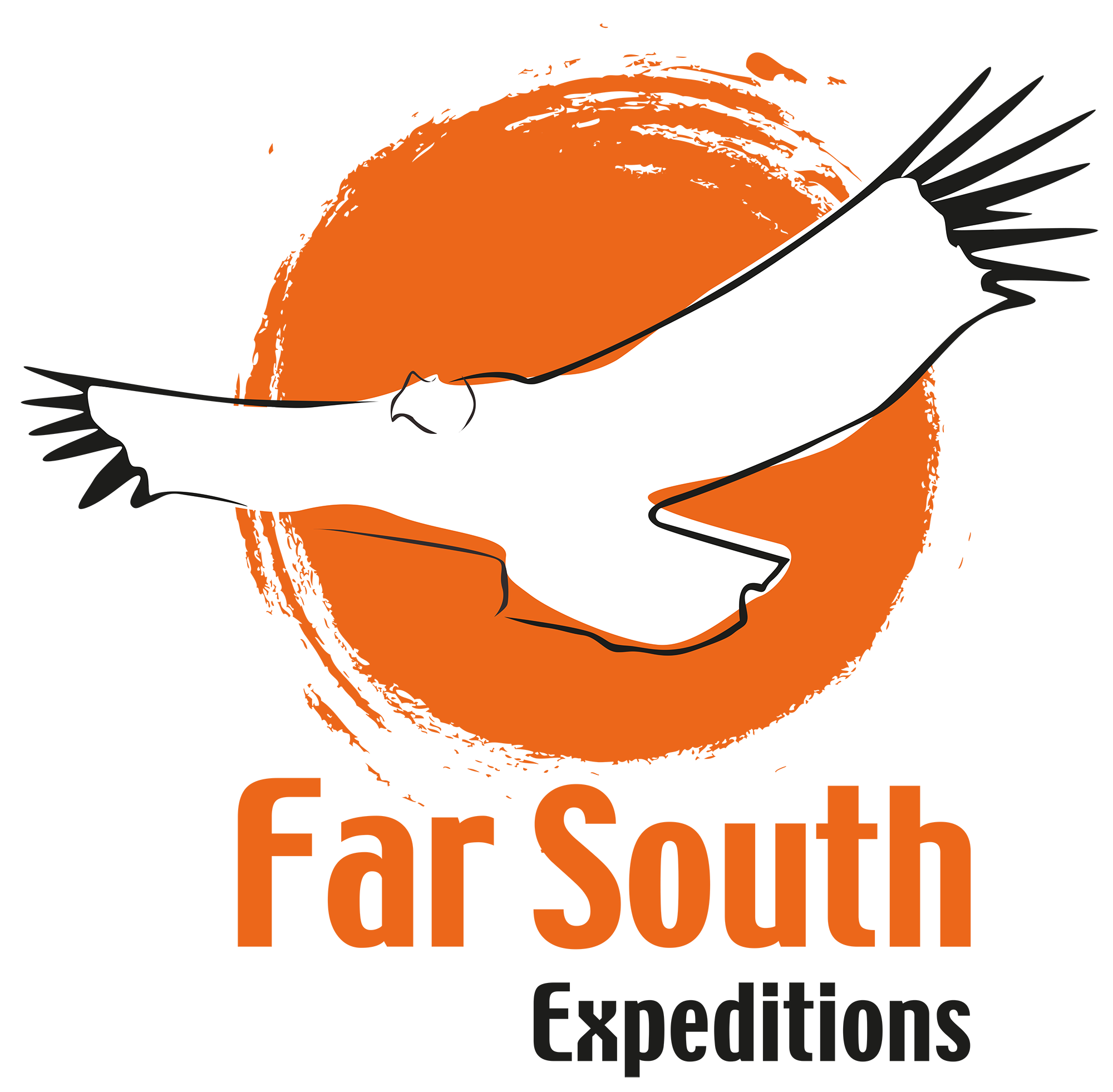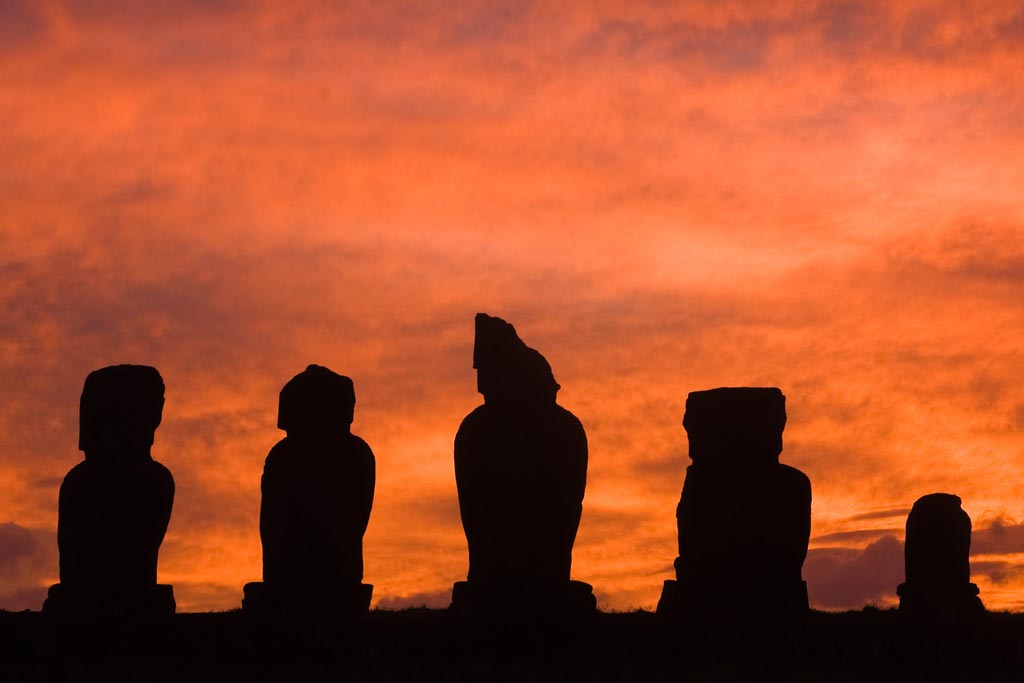Today we will visit some of the most dramatic and distinctive archaeological sites of Rapa Nui. We will begin our day driving along the southern coast towards the impressive volcanic crater of Rano Raraku, located near the eastern tip of the island. This promontory, now declared World Heritage Site, was extensively used for nearly 500 years, as was the main quarry to carve the moai statues out of volcanic compacted ash or tuff. We will explore the skirt of the mountain and admire from the path, hundreds of unfinished statues; some are partly buried and standing while others are embedded in the ash of the volcano slopes. The largest moai ever built is here, measuring more than 70 feet long and weighing close to 270 tonnes! This ghostly scene of Rano Raraku seems like if all the workers had to suddenly abandon their duties at the workshop at once! Continuing along the path, and admiring the scenic coastline as well as the ‘moai path’, we will spend some time studying Tukuturi, a very unusual moai in a kneeling posture and entirely different from any standard statue. Containing 15 huge erected moai, Ahu Tongariki is the largest ceremonial site in the whole of Rapa Nui. The array includes a very large moai of more than 80 tonnes and even one statue has a top-knot of red scoria, which was brought from another distant quarry, located at the other side of the island. All the moai of this huge ahu were toppled during the island’s civil wars; and even in the twentieth century, the whole site was swept by the massive tsunami of 1960. There is a huge amount of stonework scattered around the site, including several topknots or pukao, moai and petroglyphs showing lots of motifs, including tuna fish, frigatebirds and the God-like face of Make-make. Heading back to Hanga Roa, we shall visit Ahu Akahanga, along the coastal road. This place is a destroyed ahu containing several overturned moai with huge topknots scattered around; there also are some striking semi-pyramidal burial sites, built out of large piles of rock. There is an optional 2-hour boat trip to the motus, Motu Iti, Motu Nui and Motu Kau Kau, the three volcanic islets located off the southwestern tip of the island. Here we will concentrate in identifying the several Pterodroma -or gadfly- petrels which occur here: Herald Petrel, Kermadec Petrel, Phoenix Petrel and Henderson’s Petrel. Other seabirds found here include Brown Noddy, Great Frigatebird, and Masked Booby.
Overnight Hotel Altiplanico or Hotel Iorana, Hanga Roa. (Breakfast, Lunch, Dinner)(Guide)





